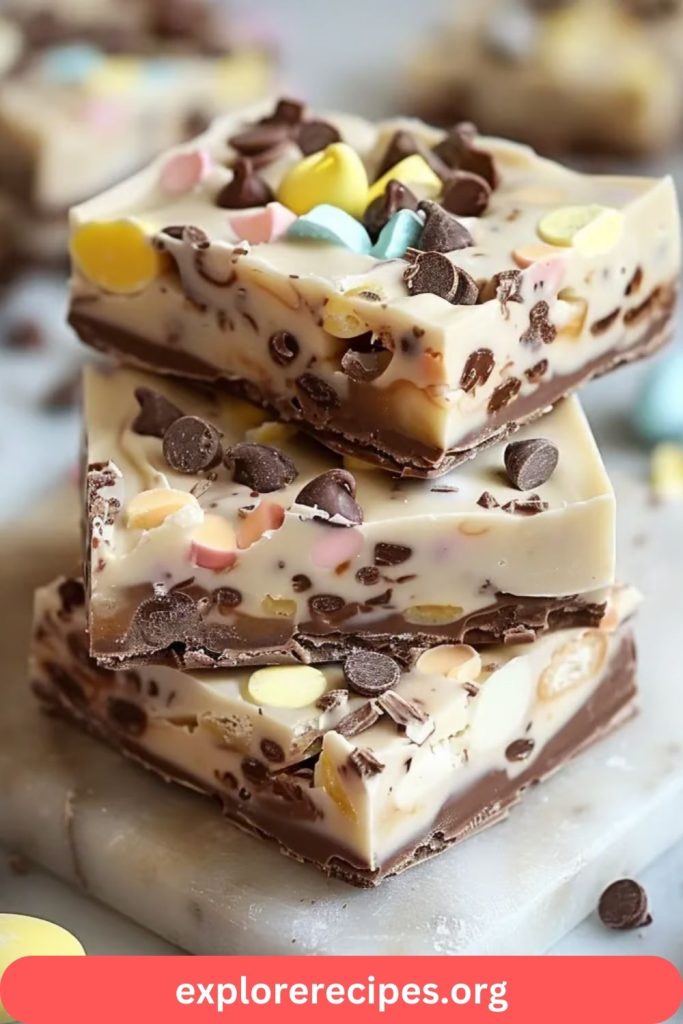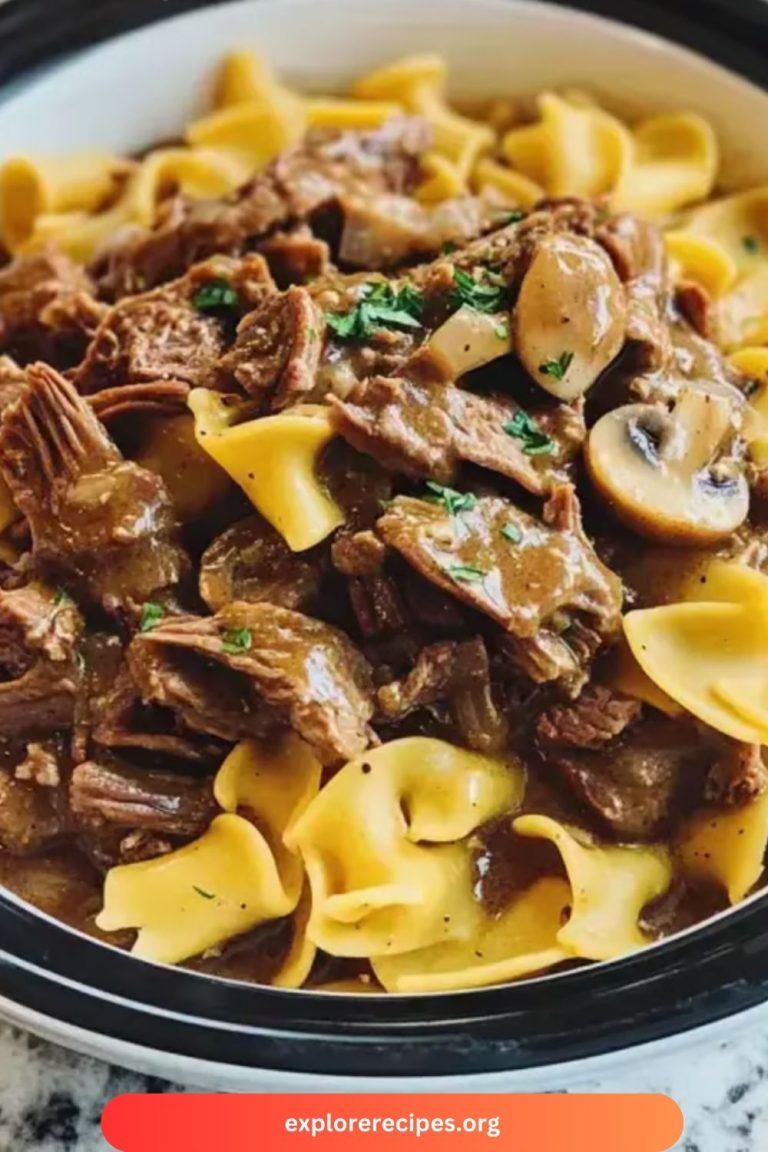Easter Cadbury Fudge: A Sweet and Creamy Holiday Delight
Easter is a time of celebration, renewal, and of course, indulgence in delicious treats. While Easter eggs and chocolate bunnies take the spotlight, there is one indulgence that often gets overlooked—Cadbury fudge. This decadent treat is the perfect combination of rich chocolate and smooth, creamy texture, making it an irresistible addition to any Easter table. Whether you’re hosting a holiday gathering or simply looking for a festive snack, Easter Cadbury Fudge is a must-try dessert that will satisfy every sweet tooth. In this post, we’ll explore the history of fudge, how to make this delightful treat, and some creative variations that will elevate your Easter celebrations.
The History of Fudge: A Sweet Beginning
Fudge has a long and delicious history that dates back to the late 19th century. The origins of fudge are somewhat murky, with both the United States and the United Kingdom claiming to be the birthplace of this sweet confection. Some historians believe that fudge was first made by accident when a batch of caramelized sugar was “fudged,” or ruined, by being overcooked. Regardless of its origin, fudge quickly became a beloved treat, especially in North America, where it is now a staple at holidays and special occasions.
Fudge-making involves a delicate process of combining sugar, butter, and milk (or cream) and then cooking the mixture to a specific temperature, usually around 234°F (112°C). The goal is to achieve the perfect balance of creamy texture and firm consistency. Once the fudge is set, it can be enjoyed on its own or enhanced with a variety of flavorings, such as vanilla, chocolate, or peanut butter. The possibilities for fudge are endless, but for Easter, we’ve chosen to focus on a version featuring the world-famous Cadbury chocolate—a true holiday favorite.

Why Choose Cadbury Chocolate for Easter Fudge?
When it comes to chocolate, Cadbury is a brand that needs no introduction. With a legacy that spans over 100 years, Cadbury has become synonymous with quality chocolate, especially during holidays like Easter. From their iconic Cadbury Eggs to the classic Dairy Milk chocolate bars, Cadbury products have earned their place in Easter traditions around the world.
For Easter fudge, using Cadbury chocolate brings an extra layer of richness and creaminess that is hard to beat. The smooth texture and sweet flavor of Cadbury chocolate complement the sweetness of the fudge base, creating a treat that is both indulgent and satisfying. Whether you use Cadbury’s Dairy Milk or their specialty Easter chocolates, the result will be a deliciously creamy fudge that is sure to be a hit at your holiday celebrations.
Making Easter Cadbury Fudge: A Step-by-Step Guide
Now that we’ve covered the history and importance of using Cadbury chocolate, it’s time to dive into the process of making your own Easter Cadbury Fudge. This recipe is simple, requiring only a few basic ingredients, and can be prepared in under an hour. Here’s how to make this delightful treat:
Ingredients:
- 2 cups (340g) Cadbury Dairy Milk chocolate (or any Cadbury chocolate of your choice)
- 1 cup (200g) white chocolate
- 1 can (14oz/397g) sweetened condensed milk
- 1/4 cup (60g) unsalted butter
- 1 teaspoon vanilla extract
- 1/2 cup (50g) mini Cadbury eggs (optional, for decoration)
Instructions:
- Prepare the Pan: Line an 8×8-inch (20×20 cm) square baking pan with parchment paper, leaving a bit of overhang to make it easier to remove the fudge later. Lightly grease the paper to ensure the fudge doesn’t stick.
- Melt the Chocolate: In a heatproof bowl, combine the Cadbury Dairy Milk chocolate and white chocolate. Place the bowl over a pot of simmering water (double boiler method), making sure the bowl doesn’t touch the water. Stir occasionally until both chocolates are fully melted and smooth. Alternatively, you can melt the chocolate in the microwave in 30-second intervals, stirring in between.
- Add the Sweetened Condensed Milk and Butter: Once the chocolate has melted, add the sweetened condensed milk and butter to the bowl. Stir continuously until the mixture becomes smooth and well combined. The addition of condensed milk helps to create a rich, creamy texture, while the butter adds a velvety finish.
- Flavor and Mix: Add the vanilla extract and stir well. This step enhances the overall flavor of the fudge, giving it a warm, aromatic undertone that balances the sweetness of the chocolate.
- Pour into the Pan: Pour the fudge mixture into the prepared baking pan. Use a spatula to spread the mixture evenly, ensuring that the fudge is level and smooth on top.
- Chill to Set: Let the fudge sit at room temperature for 10 minutes to cool slightly, then refrigerate for at least 2 hours, or until fully set. The fudge should be firm to the touch and easy to cut once it has chilled.
- Decorate (Optional): If you want to give your fudge a fun Easter twist, decorate the top with mini Cadbury eggs or sprinkle some crushed-up chocolate pieces for texture. This adds a pop of color and festive flair to your fudge.
- Serve and Enjoy: Once the fudge has set, use the parchment paper to lift it out of the pan. Cut into small squares or rectangles and serve. This fudge can be stored in an airtight container in the refrigerator for up to one week.
Creative Variations of Easter Cadbury Fudge
While the classic Cadbury chocolate fudge recipe is always a winner, there are several ways to make this treat uniquely your own. Here are a few variations that can elevate your fudge and give your Easter celebrations an extra touch of creativity:
- Minty Chocolate Fudge: Add a teaspoon of mint extract to the fudge mixture to create a refreshing mint-chocolate flavor. This version pairs beautifully with Cadbury’s chocolate, adding a cool contrast to the richness of the fudge.
- Nutty Fudge: For a little crunch, fold in some crushed nuts such as almonds, hazelnuts, or walnuts. The nuttiness complements the creamy texture of the fudge and adds an extra layer of flavor.
- Fruit and Nut Fudge: To bring some natural sweetness to the fudge, mix in dried fruits like raisins, cranberries, or apricots along with your choice of nuts. This variation gives the fudge a more textured, hearty feel while maintaining the indulgent sweetness.
- Caramel Fudge: For an extra indulgent treat, swirl some caramel sauce into the fudge mixture before setting it. The smooth caramel adds a rich, buttery flavor that enhances the sweetness of the chocolate.
- White Chocolate and Raspberry Fudge: Use white chocolate instead of milk chocolate and mix in freeze-dried raspberries for a fruity, tangy contrast to the sweetness of the fudge. The tartness of the raspberries pairs beautifully with the creamy white chocolate.
Tips for Perfect Easter Cadbury Fudge
- Use Room Temperature Ingredients: To ensure a smooth and lump-free fudge, make sure your butter and sweetened condensed milk are at room temperature before adding them to the melted chocolate.
- Don’t Overheat the Chocolate: Be cautious when melting the chocolate—overheating can cause it to seize up and become grainy. Use low heat and stir frequently to avoid this.
- Customize the Flavor: Don’t be afraid to experiment with different flavors and add-ins, such as spices (like cinnamon or nutmeg), flavored extracts, or different types of chocolate.
- Storage: Fudge is best stored in an airtight container in the refrigerator, as it helps to maintain its creamy texture. Make sure to let the fudge come to room temperature before serving for the best taste.
Conclusion
Easter Cadbury Fudge is the perfect treat for those looking to indulge in something sweet and festive this holiday season. With its creamy texture, rich chocolate flavor, and endless possibilities for customization, it’s sure to be a hit at any Easter celebration. Whether you make it as a classic fudge or add your own creative twists, this dessert is an easy, crowd-pleasing treat that everyone will love. So why not try your hand at making this simple yet indulgent treat for Easter? You won’t regret it!
4o







